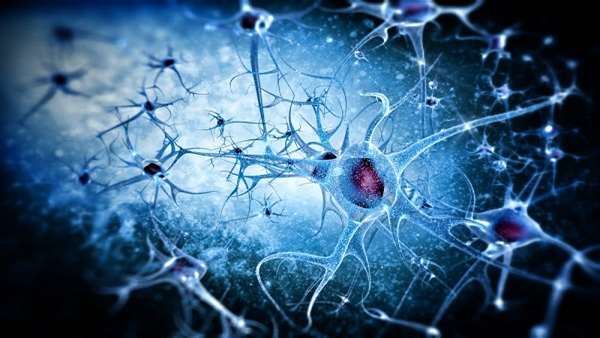Stroke: Preventing the damage by acting on the neuronal environment
With over 300 cases per day in France, stroke is the leading cause of handicap among adults, and the second cause of death. Eighty to 85 percent are caused by the occlusion of a cerebral artery by a blood clot (ischemic stroke), with nearby neurons dying because of oxygen deprivation.
With over 300 cases per day in France, stroke is the leading cause of handicap among adults, and the second cause of death. Eighty to 85 percent are caused by the occlusion of a cerebral artery by a blood clot (ischemic stroke), with nearby neurons dying because of oxygen deprivation. The only existing treatment involves eliminating the blood clot, which is only possible during the first few hours following a stroke, and consequently available only for a minority of patients. Moreover, brain lesions can persist and worsen long after the start of a stroke, with no treatment being currently available to slow them, or to improve functional recovery.
Numerous avenues of research are studying how to protect neurons from this degeneration. However, treatments attacking this degeneration have only met with clinical failure, which prompted a team led by a CNRS researcher, Myriam Bernaudin, to take an interest in a little explored domain: the environment of the cells, known as the extracellular matrix. This matrix, which offers the cells structural support and houses growth factors, ends up being disorganized following a stroke, thereby amplifying neuronal death. The team from the laboratory Imagerie et stratégies thérapeutiques des pathologies cérébrales et tumorales (CNRS/UNICAEN/CEA) thus approached colleagues specializing in the extracellular matrix at the laboratory Croissance, réparation et régénération tissulaires (CNRS/UPEC), along with the biotechnology company OTR3, which had already brought to market "matrix therapy" treatments for the healing of cutaneous or corneal ulcers.
The researchers demonstrated on rats the effectiveness of this new approach in protecting the brain and improving functional recovery after an ischemic stroke. The intravenous injection of an agent that mimics certain structural components of the extracellular matrix, known as heparan sulfates, protects and reconstitutes this matrix, promotes the development of new neurons and the regeneration of blood vessels, and improves the recovery of sensory and motor functions.
It is therefore a promising avenue for limiting the aftereffects of a stroke, one that would complement existing techniques for eliminating blood clots. Pilot clinical trials should begin between now and late 2019.
Reference:http://www.thno.org/v08p5814.htm





ارسال به دوستان